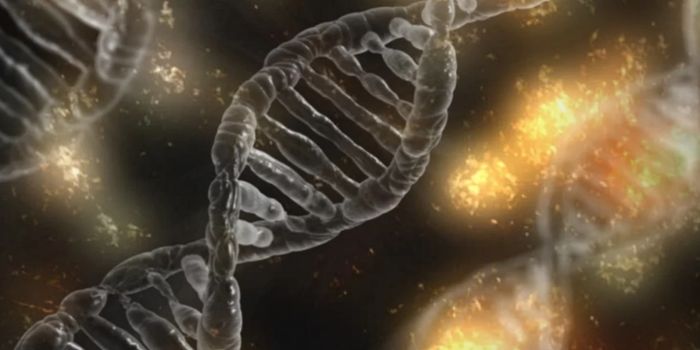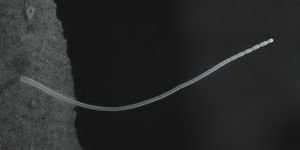Developing a New Approach to Rabies Vaccination
Rabies is a viral disease that can spread through the saliva. Several kinds of animals can get rabies, including humans and domestic animals that are not vaccinated (dogs, cats). However, rabies is far more common in wild animals. Once infected, the rabies virus targets the nervous system which can ultimately lead to brain damage and death. While the number of rabies cases reported in humans in the U.S is extremely low (about 25 in the last decade or so) the number of people who die from rabies globally jumps to almost 60,000.
While it is fatal if left untreated, it can be prevented. Vaccines, for example, have existed for several years. These vaccines present a much more accessible and affordable option compared to the treatments needed when someone becomes infected with the virus. Unfortunately, current rabies vaccines have one key flaw: their protection doesn’t last throughout a lifetime. In fact, people often have to get boosters to ensure they are protected against the virus.
Researchers at the La Jolla Institute for Immunology note that part of the problem with vaccine longevity has to do with the viruses used to make the vaccine. Currently, these viruses are made from “inactivated” viruses, which can impact the accuracy of information the immune system receives.
To overcome this limitation, researchers have been able to get a close look at rabies virus glycoproteins in an attempt to make a more effective vaccine. Their work is described in a recent paper published in Science Advances.
According to researchers, it’s not entirely clear why vaccines don’t offer protection to people for a lifetime, though they suspect it may have something to do with rabies glycoproteins. They are notorious for changing their shape, which can allow them to evade detection by the immune system. In the study published in Science Advances, researchers were able to glean what glycoprotein form is best to target for creating protective antibodies. Specifically researchers focused on the glycoprotein’s “pre-fusion” structure, which is what they look like before they enter a host's cells.
With a better understanding of how the virus is shaped, researchers hope they can create more effective vaccines in the future.
Sources: Science Daily, CDC; Science Advances








